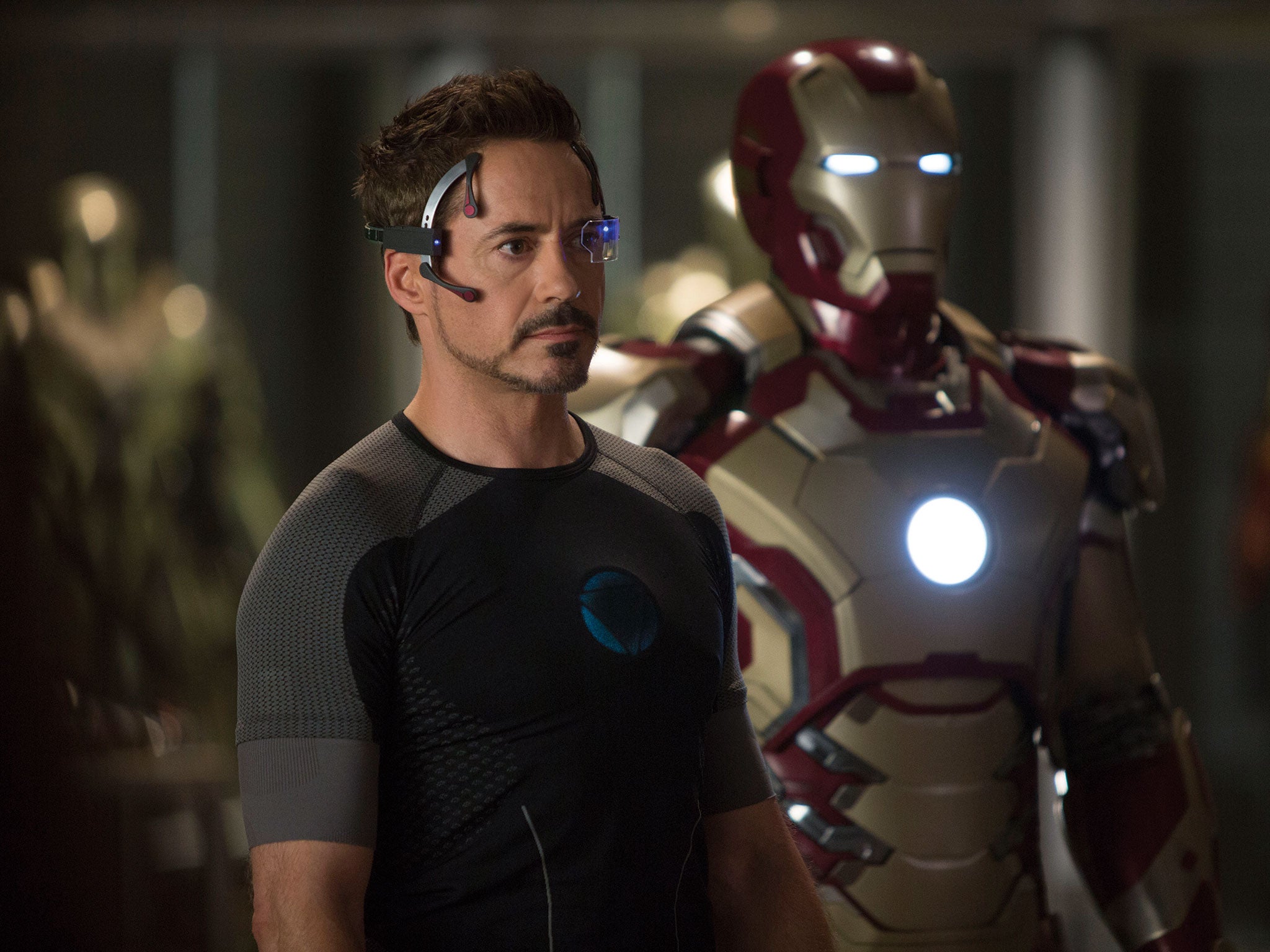New 'Iron Man' augmented reality technology could help surgeons and firefighters, say scientists
The researchers say it is possible to use holographic projections to provide extra information on objects in a person’s visual field in real time

Scientists have developed a method of projecting 3D holographic images into the field of view of an observer in an “augmented reality” breakthrough that could one day allow the likes of surgeons and firefighters to benefit from seeing the world through technology similar to that used by comic-book superhero Iron Man.
The researchers said it would be possible to use the holographic projections to provide extra information on objects in a person’s visual field in real time in order to supplement their normal sense of vision using augmented-reality headsets – just like Iron Man’s suit.
Details of the research will be released at this week’s summer science exhibition at the Royal Society, which highlights the best of British scientific research and technical innovation – from the latest studies into the origins of life to robots with human-like hearing.
Augmented-reality headsets rely on a British device similar to a microscopic slide, which converts light from a computer or camera into a hologram that can be displayed in front of a person’s eye and focused within their field of vision.
“This optical technology is a game-changer for the development of augmented-reality devices. The applications for devices that allow people to view the world around them overlaid with data relevant to what they are seeing are endless,” said Simon Hall, the lead scientist in adaptive optics at the National Physical Laboratory.
“There are many things you can do with augmented reality that can assist people in various professions, for example a firefighter trying to get an infra red view of a smoke-filled room; or you may think of the surgeon wanting to get more information about the operation that he’s doing from a colleague across the Atlantic – or simply helping the blind to see,” Dr Hall said.
“We’ve all seen Tony Stark’s view of the world when he wears his Iron Man suit – information about his world projected in his line of sight. Now we’ll be able to experience it for ourselves. We’ll be working with the developers of augmented-reality devices on a wide range of applications,” Dr Hall said.
Other scientists displaying at the summer science exhibition have worked out a way of giving robots super-human hearing using a microphone that can zoom in on conversations within a noisy room.
Patrick Naylor of Imperial College said the technology would allow machines to understand human conversations in noisy places, by focusing on individual voices.
“At the moment, robots, phones and other devices using speech recognition don’t work well when you’re not close to the microphone or [not] in a quiet space because there’s just too much noise,” Dr Naylor said.
Join our commenting forum
Join thought-provoking conversations, follow other Independent readers and see their replies
Comments
Bookmark popover
Removed from bookmarks